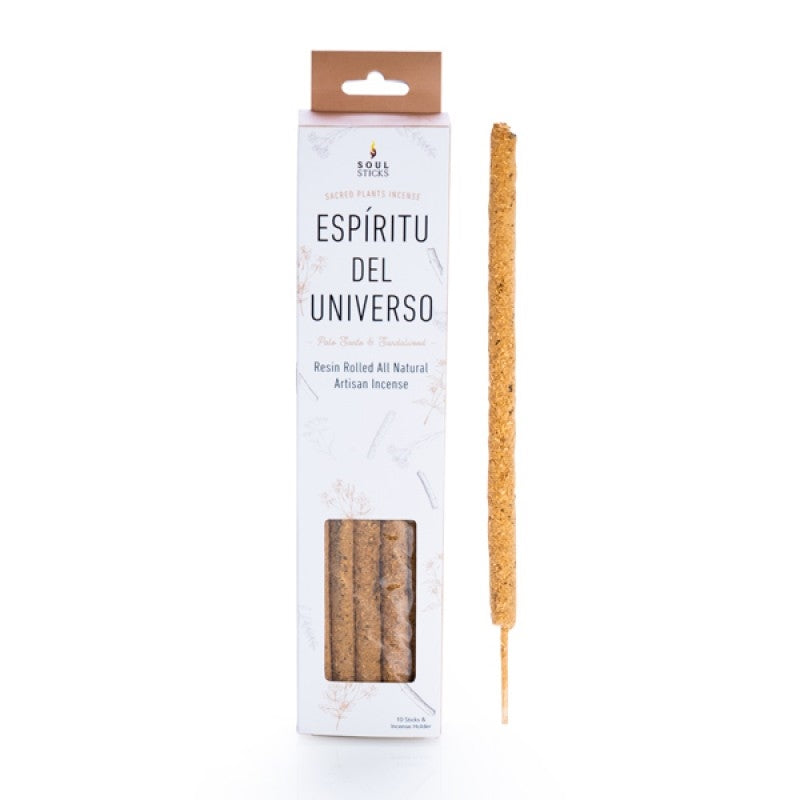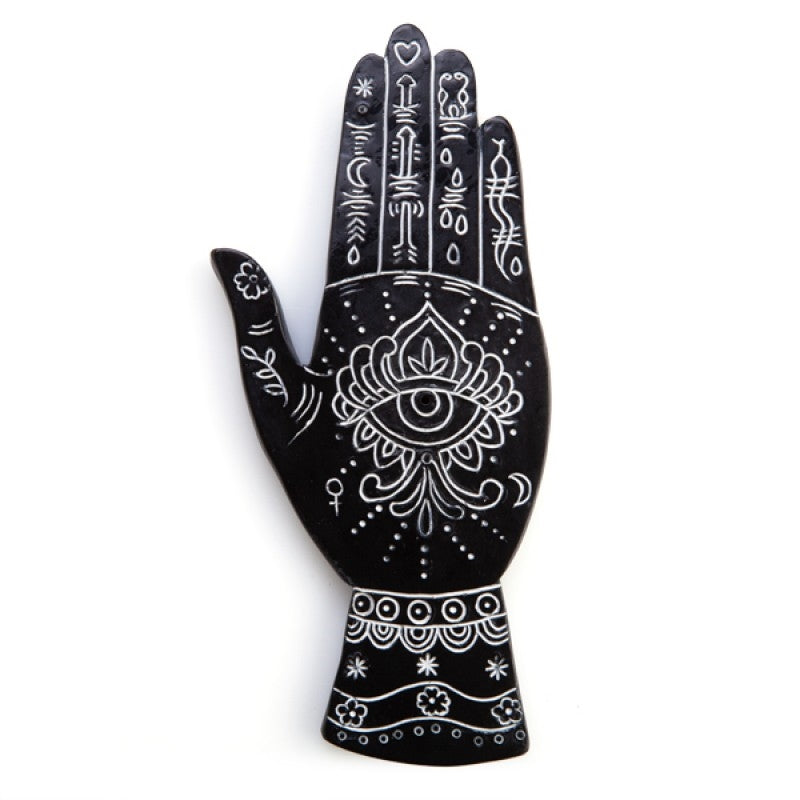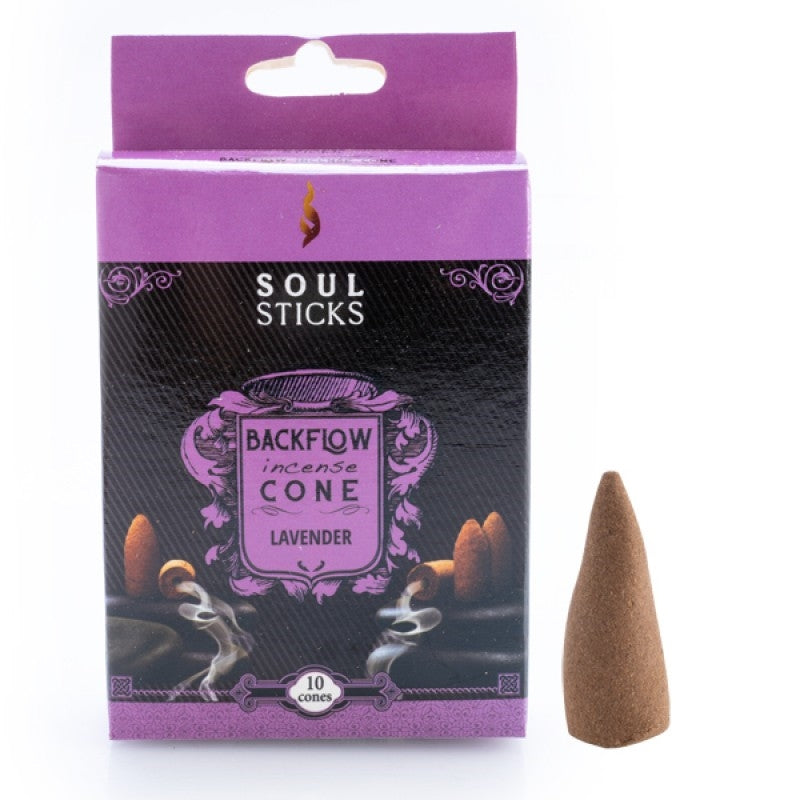Incense, the fragrant smoke released from burning aromatic materials, has been used for centuries across cultures for spiritual, ritualistic, and sensory purposes. Whether you seek to create a calming ambiance, enhance meditation, or simply enjoy a pleasant aroma, understanding how to use different types of incense safely and effectively is key.
Understanding the Basics of Incense
Incense consists of combustible plant materials, often combined with essential oils and resins, that release fragrant smoke when ignited. The type of incense you choose will determine the tools and techniques needed for its proper use.
Safety First: Essential Precautions
- Ventilation: Always burn incense in a well-ventilated area to prevent smoke buildup.
- Fire Safety: Never leave burning incense unattended. Use fireproof containers and keep flammable materials away.
- Allergies and Sensitivities: Be aware of potential allergies or sensitivities to certain scents or ingredients.
- Children and Pets: Keep incense out of reach of children and pets.
Types of Incense and How to Use Them
Incense Sticks:
-
- Description: Thin, cylindrical sticks made from a bamboo core coated with fragrant materials.
-
Tools Needed:
- Incense stick holder (a dish, box, or stand with a hole or slot to hold the stick).
- Lighter or matches.
-
How to Use:
- Place the incense stick securely in the holder.
- Light the tip of the stick and allow it to flame briefly.
- Gently extinguish the flame by waving the stick or blowing it out, leaving the tip smoldering.
- Allow the smoke to diffuse through the space.
-
Ritual Use:
- Daily relaxation and ambiance.
- Meditation and yoga.
- Creating a peaceful atmosphere.
- Used as a general air freshener.
Incense Cones:
-
- Description: Small, conical shapes made from compressed fragrant materials.
-
Tools Needed:
- Incense cone burner (a small dish or stand designed to hold cones).
- Lighter or matches.
-
How to Use:
- Place the incense cone on the burner.
- Light the tip of the cone and allow it to flame briefly.
- Gently extinguish the flame, leaving the tip smoldering.
- Allow the smoke to diffuse.
-
Ritual Use:
- Quick purification rituals.
- Meditation and short ceremonies.
- Creating a concentrated burst of fragrance.
- Perfect for when a quick burst of aroma is needed.
Incense Cups:
-
- Description: Small cups, often made of compressed incense material, that burn slowly.
-
Tools Needed:
- A fire proof dish or holder that can hold the cup.
- Lighter or matches.
-
How to Use:
- Place the incense cup into the fire proof holder.
- Light the top of the cup and allow it to flame briefly.
- Gently extinguish the flame, leaving the top smoldering.
- Allow the smoke to diffuse.
-
Ritual Use:
- Longer meditation or ritual sessions.
- Creating a consistent and long lasting aroma.
- For use when a long lasting aroma is required.
Incense Smudge Bombs:
- Description: Compact, spherical or cone-shaped bundles of herbs, resins, and sometimes charcoal, designed to be ignited and smoldered. They offer a concentrated burst of fragrance and are often used for powerful cleansing rituals.
-
Tools Needed:
- Fireproof dish or smudge bowl (ceramic, metal, or abalone shell).
- Lighter or matches.
- Tongs (optional, for handling).
- Sand or ash (optional, to create a bed in the dish).
-
How to Use:
- Place a layer of sand or ash in the fireproof dish (optional, but helps to regulate heat and protect the surface).
- Place the smudge bomb in the center of the dish.
- Light the top of the smudge bomb and allow it to flame briefly.
- Gently extinguish the flame, leaving the bomb smoldering and releasing smoke.
- Allow the smoke to diffuse through the space.
- Use tongs if you need to move the bomb, or turn it to ensure even burning.
-
Ritual Use:
- Intense space cleansing and purification.
- Removing heavy or stagnant energies.
- Creating a powerful shift in atmosphere.
- Used for rituals requiring a rapid and significant change in the energetic environment.
- Used for when a large space needs to be cleansed quickly.
Loose Incense:
-
- Description: A blend of dried herbs, woods, and resins that are burned on charcoal.
-
Tools Needed:
- Charcoal tablets (self-igniting or quick-light).
- Charcoal burner or censer (a heat-resistant dish or container).
- Tongs (for handling charcoal).
- Lighter or matches.
- A small spoon.
-
How to Use:
- Place a charcoal tablet in the burner.
- Light the charcoal and allow it to ignite fully (it will glow red).
- Use tongs to handle the hot charcoal.
- Carefully sprinkle a small amount of loose incense onto the hot charcoal.
- Allow the smoke to diffuse.
-
Ritual Use:
- Elaborate ceremonies and rituals.
- Customizing incense blends.
- Deep spiritual practices.
- Used for when a custom blend of incense is needed.
Resin Incense:
-
- Description: Natural resins, such as frankincense, myrrh, and copal, that are burned on charcoal.
-
Tools Needed:
- Charcoal tablets.
- Charcoal burner or censer.
- Tongs.
- Lighter or matches.
- A small spoon.
-
How to Use:
- Follow the same procedure as for loose incense.
- Place small pieces of resin onto the hot charcoal.
-
Ritual Use:
- Spiritual ceremonies and offerings.
- Purification and protection rituals.
- Connecting with ancient traditions.
- Used for deep meditation and spiritual work.
Ritual Applications of Incense
Incense can be used for various rituals and purposes:
- Purification: Burning sage, Palo Santo, or frankincense to cleanse spaces or objects of negative energy.
- Meditation: Using calming scents like lavender or sandalwood to enhance focus and relaxation.
- Prayer and Offerings: Burning incense as an offering to deities or spirits.
- Aromatherapy: Using essential oil-infused incense to promote well-being and emotional balance.
- Creating Ambiance: Burning incense to create a pleasant and inviting atmosphere.
- Spiritual Connection: Using sacred herbs and resins to connect with the spiritual realm.
- Celebrating Seasons and Festivals: Using incense to mark significant dates and events.
By understanding the different types of incense and their appropriate uses, you can create meaningful and enjoyable experiences that enhance your spiritual practices and daily life. Remember to always prioritize safety and respect the cultural significance of incense use.
Coralee is a passionate health and wellness advocate with a deep understanding of holistic living. Driven by a desire to empower herself and others to achieve optimal health and well-being, she has been practicing smudging and energy cleansing for several years. In 2024, Coralee decided to formalize her knowledge and completed a certificate in smudging, deepening her understanding of this transformative practice. Through her writing and teachings, Coralee aims to inspire and support others on their own paths towards wellness and resilience.

















